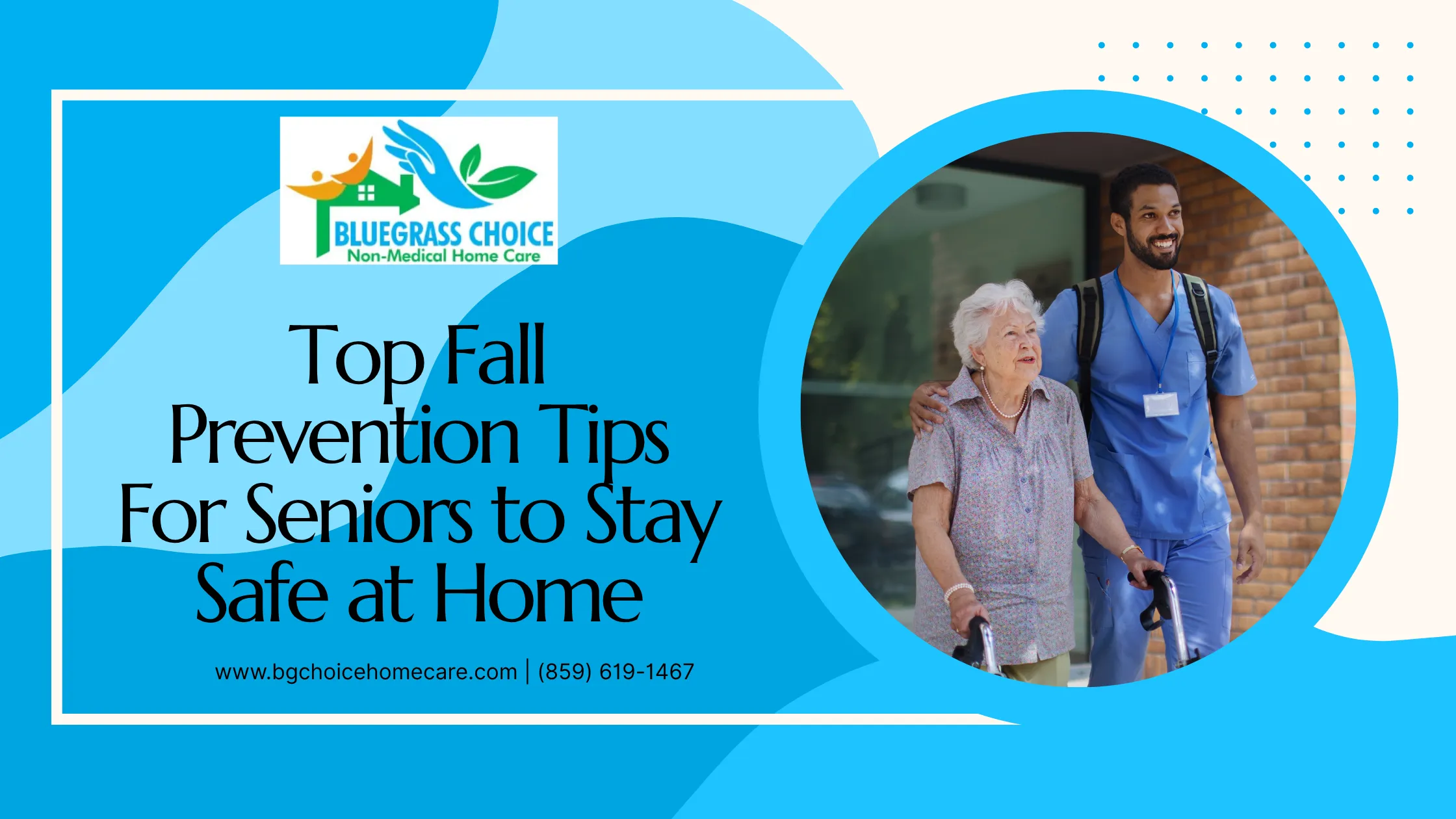Steady and Strong: Fall Prevention Tips That Truly Make a Difference
Falls can turn everyday life into a difficult journey. But the reality is—most of them don’t have to happen. Whether you’re a senior looking to stay active or a family member supporting a loved one, learning a few fall prevention tips for seniors can dramatically lower risks and boost confidence.
This guide offers simple, proven strategies that support senior safety at home—without overcomplicating your routine.
Why Is Fall Prevention So Critical for Seniors?
Every 11 seconds, an older adult is treated in the ER for a fall-related injury. And the aftermath often includes physical pain, emotional fear, and reduced independence.
That’s why prevention isn’t just smart—it’s empowering. By creating safer surroundings and forming mindful habits, we protect freedom of movement and emotional well-being.
How to Spot—and Fix—Hidden Home Hazards
Small things around the house can become serious trip risks over time.
Here are a few home fall hazards to look for:
- Cluttered walkways
- Loose rugs and unsecured carpets
- Electrical cords in high-traffic areas
- Dim hallways or stairwells without proper lighting
Make safety part of your routine by tidying often and improving visibility. If housekeeping tasks are difficult to keep up with, light housekeeping support can help make the home safer and more manageable.
Staying active isn’t just about fitness—it helps maintain strength, balance, and flexibility, all of which are essential to prevent falls in elderly individuals.
Gentle senior-safe activities include:
- Tai Chi or balance-focused yoga
- Short walks with support if needed
- Light resistance band exercises
- Seated stretching to improve range of motion
Not sure how to get started? Learn more about safe monitoring and mobility services designed to support movement while minimizing fall risks.
Can the Bathroom Be Made Senior-Safe? Absolutely.
Bathrooms are among the most common locations for falls. Fortunately, a few smart changes go a long way.
Safety upgrades include:
- Installing grab bars near toilets and showers
- Using non-slip rubber mats in the tub
- Keeping items within easy reach
- Elevating the toilet seat for easier access
If assistance is needed with hygiene routines, bathing and dressing care ensures privacy and protection in daily tasks.
What About Medications—Can They Affect Balance?
Yes. Certain prescriptions can cause dizziness, fatigue, or confusion, which all raise fall risks.
To minimize medication-related falls:
- Review all prescriptions with a doctor regularly
- Use a pill organizer to avoid missed doses
- Stay hydrated when taking medications
- Watch out for interactions with over-the-counter products
Not sure your loved one is managing their medication safely? Medication reminders provide extra peace of mind.
Does Nutrition Really Play a Role in Fall Prevention?
Absolutely. Weak muscles and poor energy levels make walking or even standing riskier.
Nutrition tips for elder home care:
- Prioritize protein-rich meals for muscle strength
- Stay hydrated to avoid fatigue and dizziness
- Include calcium and vitamin D for bone health
- Maintain regular meal schedules
If food prep is an issue, consider meal preparation services to ensure consistent nourishment.
What Shoes Are Best for Reducing the Risk of Falls?
Believe it or not, your shoes matter. In fact, they’re one of the most underestimated fall prevention tools.
Choose footwear that’s:
- Non-slip with rubber soles
- Supportive around the ankle
- Closed-toe and fitted properly
- Easy to put on and take off
Avoid slippers without traction or high heels—even indoors.
Why Asking for Help Is a Sign of Strength, Not Weakness
No one should face fall risks alone. For seniors, staying connected with others offers both emotional and physical protection.
Services like companionship care help ease loneliness, encourage movement, and bring a sense of routine.
For those who still enjoy shopping or getting out, supervised errands and transportation reduce exposure to risky outdoor environments.
Preparation is your backup plan when the unexpected happens.
Build a safety net with these essentials:
- Save emergency contacts in an easily accessible spot
- Wear a medical alert device
- Make sure someone nearby has a spare key
- Talk with your family about fall protocols
And if caregivers need a break, respite care options ensure everyone stays safe and supported.
Quick Recap: 5 Fall Prevention Tips for Seniors
What are the top ways to prevent falls at home?
Here’s a quick list you can act on today:
- Clear clutter and fix lighting
- Install grab bars and safety tools
- Stay active with light, daily exercises
- Review medications regularly
- Wear proper, supportive footwear
Creating a safer home doesn’t have to be complicated. Even one small step—clearing clutter, reviewing meds, or setting up support—can make a lasting difference.
Explore trusted in-home care that prioritizes safety, strength, and dignity. Visit the client website and use their services to learn how personalized elder support can help your family thrive.
Want to visit them in person? Get directions from their Google business listing and read real reviews from families like yours.
Final Words of Encouragement
Every step toward preventing falls is a step toward greater independence and confidence. By applying these fall prevention tips for seniors, you’re not only avoiding injury—you’re building a life that feels steady, strong, and full of potential.

